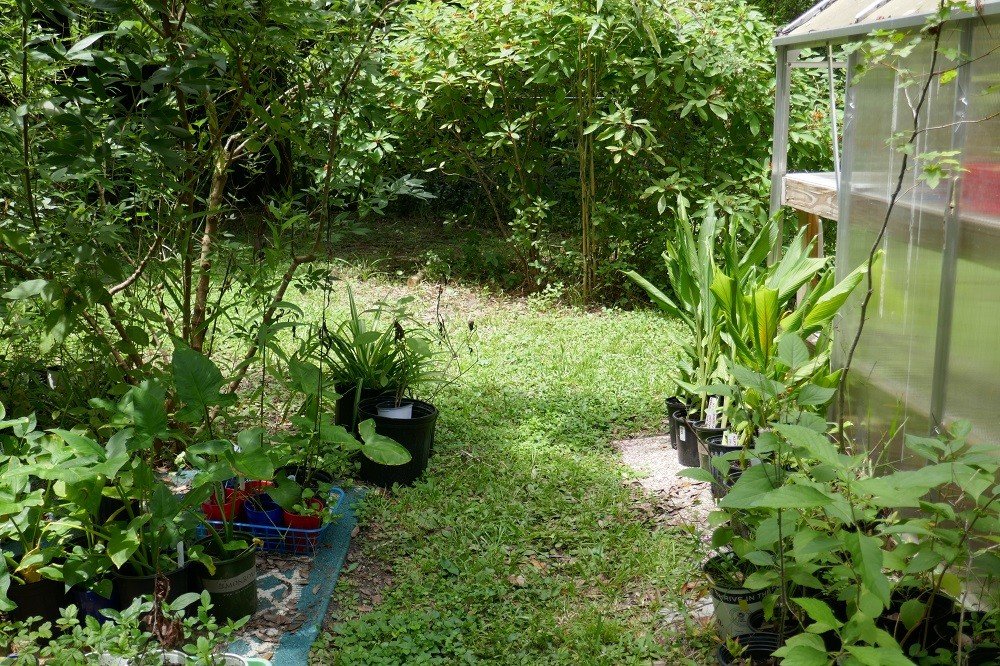Recycling Area Rugs in Your Garden
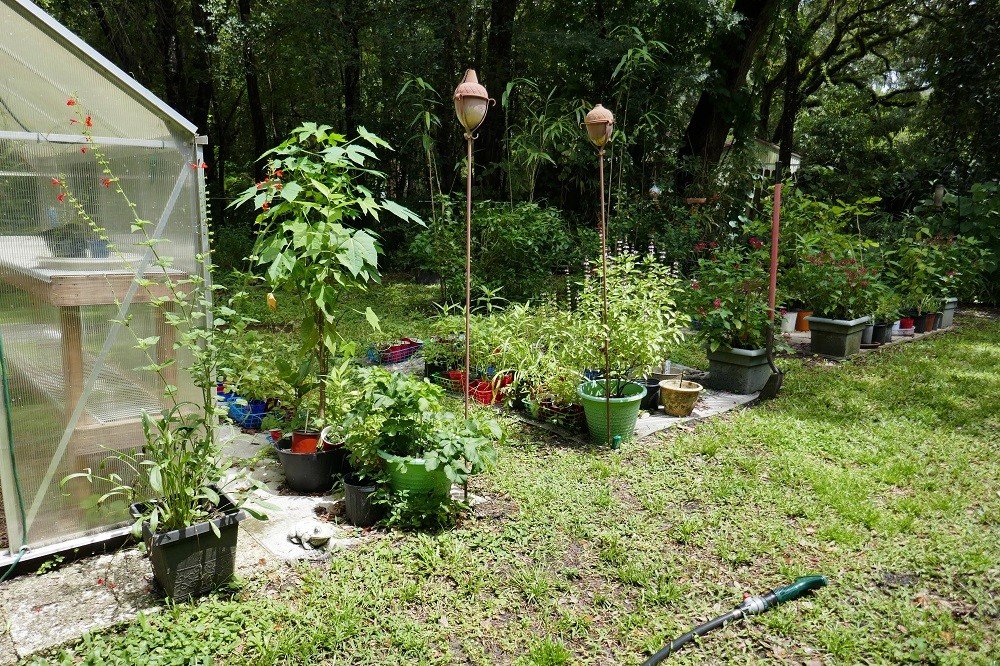
Keeping weeds, and grass, out of unwanted areas in your green space and garden is always a challenge, but…trust me… you don’t want to use weed cloth, landscape fabric or black plastic, unless you plan on it being seasonal only, and you take it up each year.
If you plan on putting mulch on top of weed cloth, landscape fabric, or black plastic, the mulch will break down turning into soil, the fabric will shred, and weed, and grass, seeds will find their way into the area faster than you may realize. The seeds will germinate in the mulch and, if left undisturbed in a short period of time the weed, or grass, roots, will penetrate the landscape fabric and you won’t be able to put any garden tool through it unless it’s an electric knife or sawzall to dig them out.
Instead of landscape fabric try using an area rug, or piece of carpet that you would otherwise have shipped off to the landfill. You just might be surprised at how well it works as a weed and grass block.
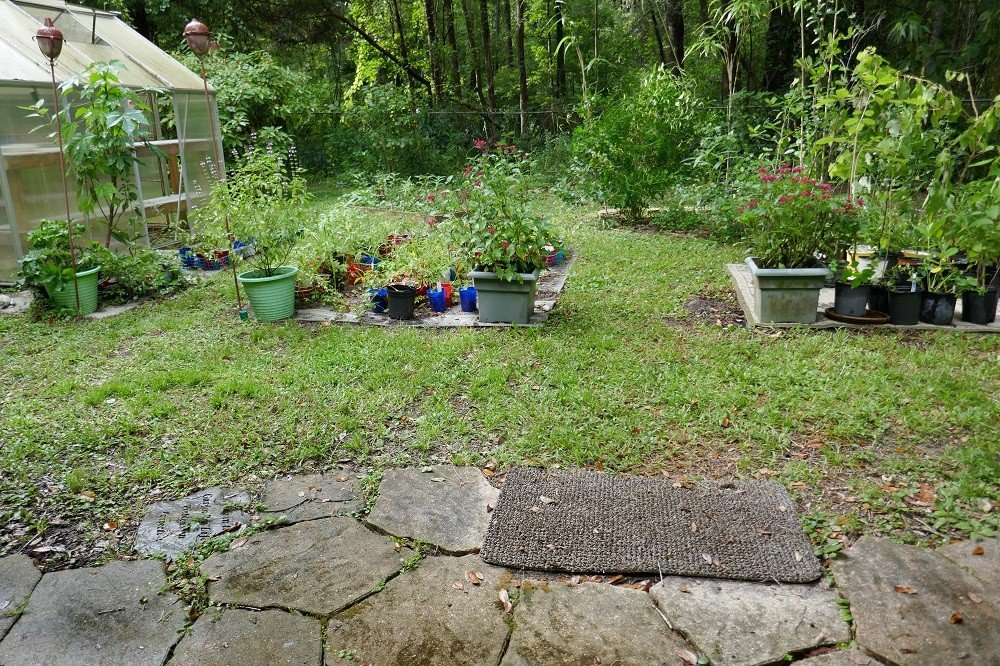
Recycling area rugs in your garden couldn’t be cheaper … after all .. they are going to be thrown out anyway. Instead of filling the landfill with old rugs, buying landscape fabric, using pre-emergent herbicides, or vegetation killers, try blocking the weeds, or grass, with recycled rugs. It’s better for the environment, much safer for your green space than spraying chemicals, and easier than having to haul used rugs to the landfill. Consider upcycling your rugs in your garden once they’ve become too shabby for your home. The flora and fauna won’t mind the pattern or the stains.
There is a huge market for landscape fabric and weed barriers, but what is sold as nursery cloth, weed block, landscape fabric, fabric mulch, etc., just doesn’t last very long whereas an old rug, or carpet, is thick, doesn’t usually need to be staked down, and can last for years. Landscape fabric is very prone to deteriorating from UV rays, the cheaper products break down very quickly just because they are thin, and weeds, and grass, grow through it fairly quickly unless it is a commercial grade fabric. Some people will point out that the chemicals in rugs and carpets can be damaging to the environment, but recycling them in this way keeps them out of the landfill or the incinerator. Landscape fabric has its own set of chemicals as well. In my opinion it seems to be the lesser of two evils.
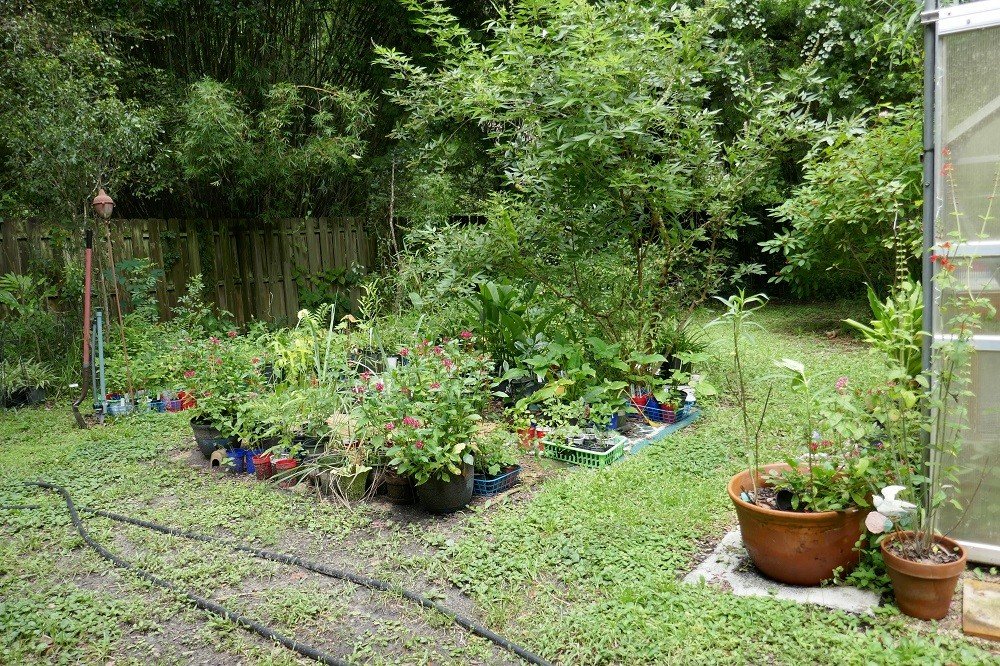
Old carpet pieces can be used as well, but the edges will be unfinished, with loose fibers that can get caught up in your lawn mower blade and shred the carpet once you’ve laid it down. Old carpet can certainly be used, but be careful when you mow along the edges to not catch the fibers. Placing edging blocks or bricks down along the edge can solve the problem pretty well, but then you have to hand weed or use a weed trimmer rather than just mowing. I prefer area rugs because the edges are always finished with stitching and rarely get caught in the mower unless I accidentally grab an upturned corner.
Over the years I’ve tried all kinds of landscape fabrics, with and without mulch on top of it, and they’ve all failed miserably for me. Inexpensive landscape cloth is the worst overall because it is already pretty thin to start with and soon after putting it down it begins to deteriorate. If left exposed to the Florida sunshine the UV rays speed up the process breaking it down even faster. Because of its thinness and inability to withstand UV rays the weeds, and grass, start to grow through it very quickly. If you use a double layer then you end up with twice the amount of inferior landscape fabric to remove. The more expensive landscape fabric is thicker, with much stronger fibers, but doesn’t really fare much better in the long run and has its own set of problems. In my green space, which is a mesic forest with lots of moisture, exposed commercial landscape fabric quickly becomes slick with mold and fungus making it a danger to walk around on. My area rugs are nice and grippy!
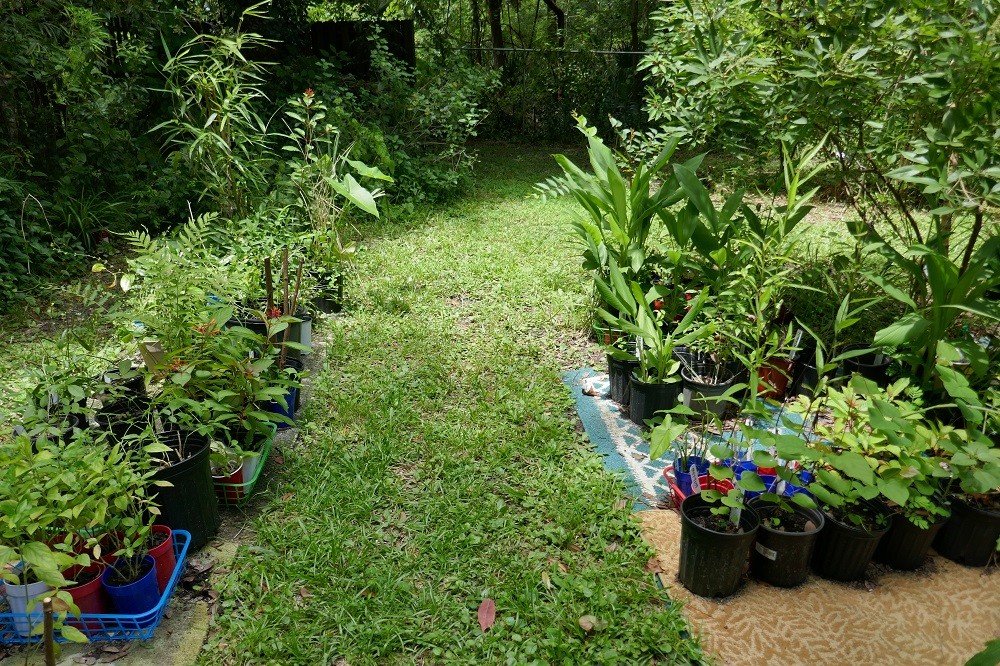
Area rugs, and carpet, don’t have the faults of landscape fabric so they’ve become the only thing I use for my nursery area. An old area rug takes me, literally, seconds to install because I just lay it where I need to block the weeds, and grass, set a few heavy pots on the corners and move on with my life.
Granted I grow nursery plants and use the rugs to block weeds for my potted plants, but the same thing can be applied to the paths. So rather than mowing the paths, as I do, you can put down the rugs to block the grass in the paths and have garden beds on each side. Be creative and make it work for what you use your green space for because after all you need it to work and be comfortable for you.
Used area rugs can be acquired from a variety of sources such as the ones you are replacing in your home, the local thrift store, friends, or when neighbors set them out at the curb on trash day. Once you start using them you will be surprised at how many you have access to. Recycling area rugs in your garden is surprisingly satisfying on lots of levels so give it a try because you just might like it.
